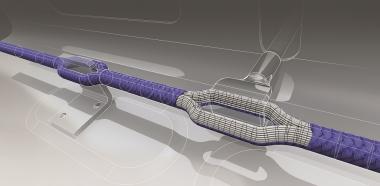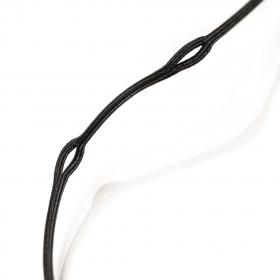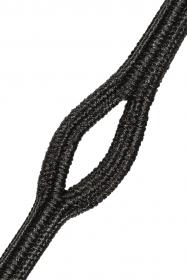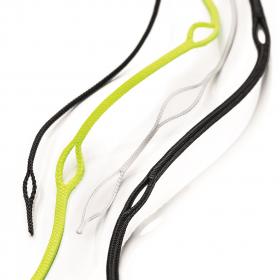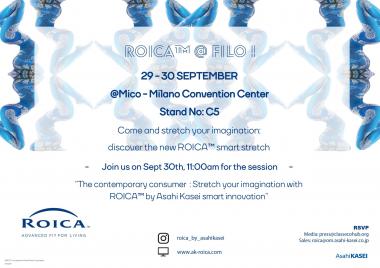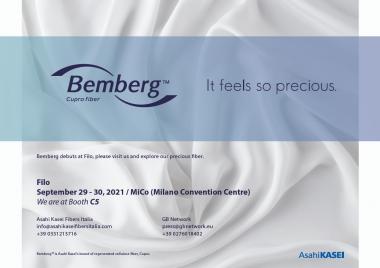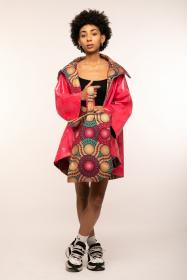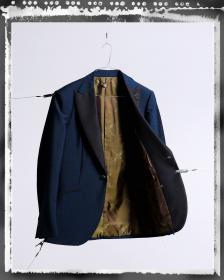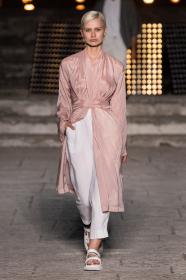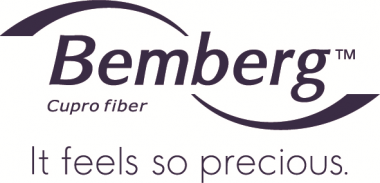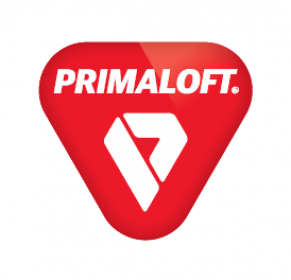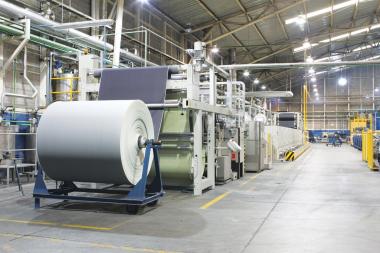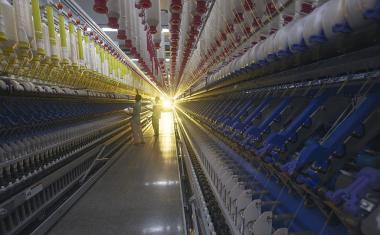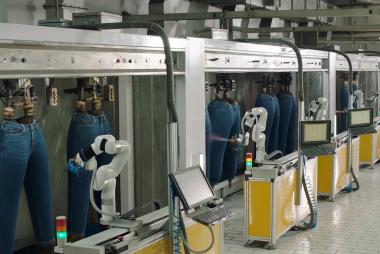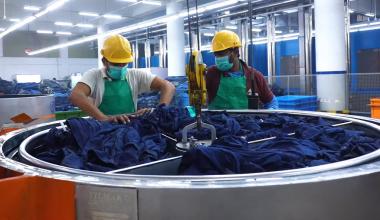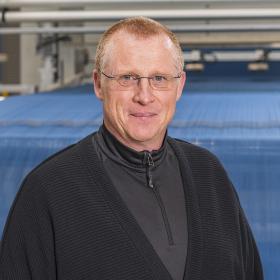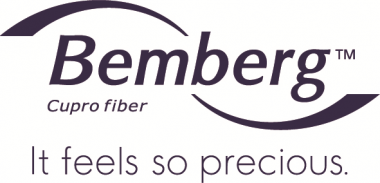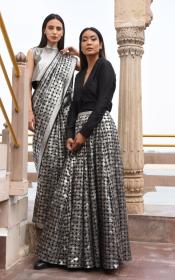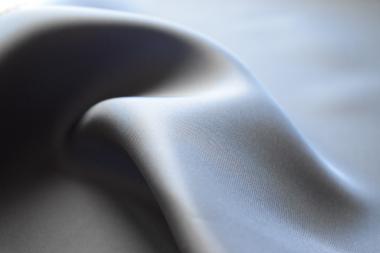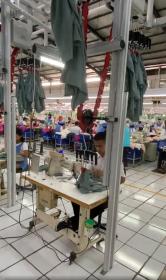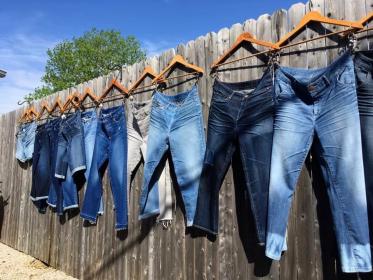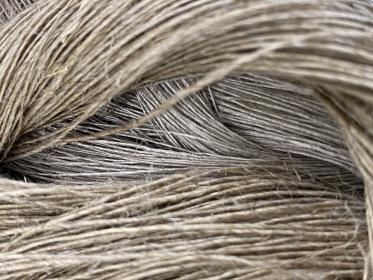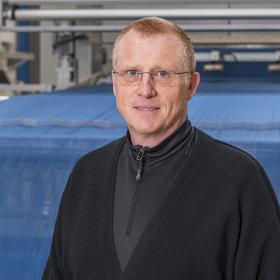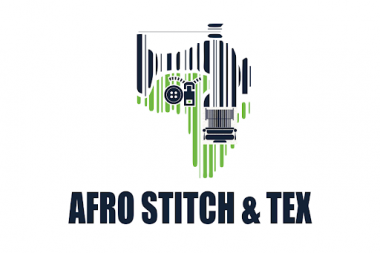Picanol introduces online platform for weaving
With PicConnect, a new fully digital platform, Picanol is offering a wide range of features, from industrial IoT to service-related applications. PicConnect is a web-based application that can be accessed through a web browser on any device and it functions as the gateway to all Picanol’s digital services. The platform is cloud-based and it allows connecting the Picanol weaving machines to the platform in order to leverage its full extent of possibilities.
“PicConnect enables weavers to quickly react to changes in the weaving room, and it will have an immediate impact on the performance of the weaving machines. It will not only change how weavers interact with their machines but also the way they interact with Picanol. For this reason, Picanol can boldly state that PicConnect is bringing weavers into the era of intuitive weaving,” comments Johan Verstraete, Vice President Weaving Machines.
The first four applications that will be launched as part of PicConnect are: production monitoring, energy monitoring, style administration, and PartsLine, which is Picanol’s new online webshop.
Picanol






